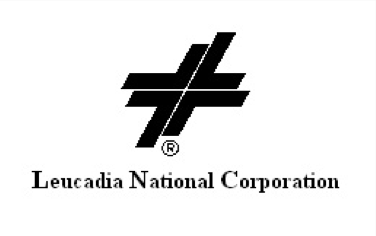There are many different investment philosophies at use in the marketplace today, but without fail, one of the most time-tested methods to consistently beat the market is a “classic” value based approach. Financial services boutique Robotti & Company is a great example of this strategy in use.
Located in New York and managed by Bob Robotti, the firm has consistently generated top-notch returns by focusing on stocks in the small and mid-cap arena, much like Insider Monkey’s own premium strategy (see our market-beating strategy in action here).
According to its latest commentary for 2012, Robotti & Company’s Value Equity Composite returned more than 22% over the past calendar year. More importantly, this composite sports a compound annual growth rate of 13.04% (net) over the past two decades. Robotti’s benchmark, a combination of the Russell 2000 and Russell 2500 Value indices, has returned just 8.59% over this 20-year period. That’s serious outperformance.
In his letter to clients, Robotti mentions that 2012 saw “a number of trends that have been underway for many years now,” most notably the capital flow into bonds from equities. This viewpoint is “fraught with risks,” says Robotti, and it leaves equity investors with many opportunities if they know where to look.
Robotti’s strategy also relies on patience, which as he puts it, “can pay off in multitudes over time” in spite of “short term gyrations in market prices.” With that in mind, we’re going to take a look at some of the firm’s key long term value investments.
Energy
As indicated in Robotti & Company’s latest fact sheet, Robotti has a particular penchant for energy companies, which account for almost 35% of his total holdings.
Robotti mentioned that the oilfield servicer Calfrac Well Services Ltd. (TSE:CFW) was a “new core position,” and that Leucadia National Corporation (NYSE:LUK) was the firm’s fourth largest non-cash position. Robotti’s largest holding is in seabed-to-surface engineering company Subsea 7 SA (PINK:SUBCY).
Calfrac has been essentially flat over the past 12 months, but it has rewarded investors quite nicely over the last half-decade, returning 77.5%. The company provides hydraulic fracturing to natural gas clients in the U.S., Mexico and Canada, and also has operations in Argentina, Columbia and Russia (Siberia).
Robotti says that companies like Calfrac “will be direct beneficiaries of lower energy costs,” in which “North American natural gas prices are 1/5 the price of the equivalent energy output from oil.” From a valuation standpoint, Calfrac trades at inordinately cheap price-earnings growth (0.46) and enterprise value-to-revenue (0.87) metrics, and a dividend yield near 4% is icing on the cake.
Much like Calfrac, Leucadia and Subsea 7 are also set to benefit from a boom in domestic energy production, each in different ways. Leucadia is an extremely diversified company with oil and gas drilling operations, paying a modest dividend yield (1%) in the face of a 10% decline over the past 12 months. Leucadia has whiffed on the Street’s earnings estimates the past two quarters, partially due to drought-related issues with its meatpacking segment. Still, it’s understandable why Robotti is bullish on Leucadia’s energy prospects, and the company has rather attractive book and sales valuations, both below parity in relation to its market value.
What about Subsea 7?
Subsea 7, meanwhile, is a contractor that partners with major energy companies to develop deepwater projects. As Robotti puts it, Subsea’s “fleet of offshore drilling rigs drilling new wells continues to expand,” and “barriers to entry into the business grow larger.” Contract award delays have detracted from the company’s bottom line, but it appears that this has just provided a prolonged buying opportunity for value investors. Shares of Subsea currently trade at a bargain-bin PEG ratio of 0.57, and the stock’s forward earnings multiple of 13.7x is far below its industry’s average of 18.8x.
Housing
The firm is also noticeably overweight industrials, which Robotti mentions in his commentary as “directly tied to U.S. homebuilding activity.” More specifically, we know that Builders FirstSource, Inc. (NASDAQ:BLDR) is Robotti’s third largest non-cash position. Builders FirstSource also has relatively strong interest in the hedge fund industry, and is held by Chuck Royce (check out Royce’s entire equity portfolio), Richard Driehaus, Israel Englander, Cliff Asness and Jim Simons, to name a few (see every hedge fund invested in BLDR).
Builders FirstSource has its fingers in many aspects of residential construction, including trusses, windows, doors, stairs and other related products. The company will be an obvious benefit of a housing market rebound over the next 5-10 years, and it’s very cheap on a price-to-sales (0.62x) and enterprise value-to-revenue (0.84) basis. With 13.3% of the company’s outstanding float currently shorted, there are some market players betting that FirstSource is a value-trap, but over the long, long run, we’d have to agree with Robotti on this one.
Disclosure: I have no positions in any of the stocks mentioned above






